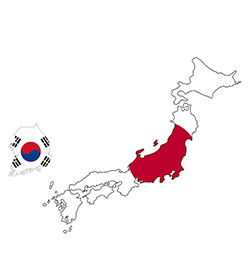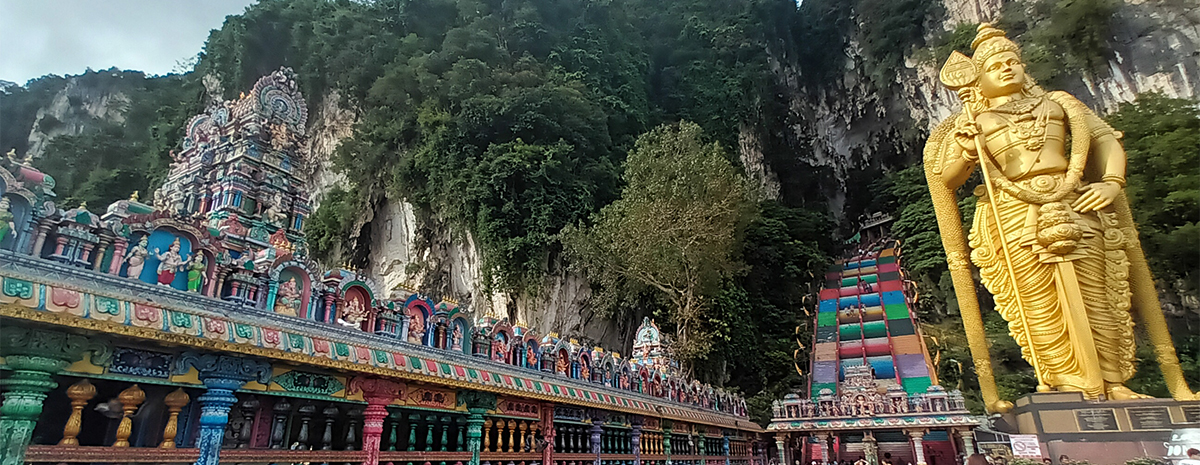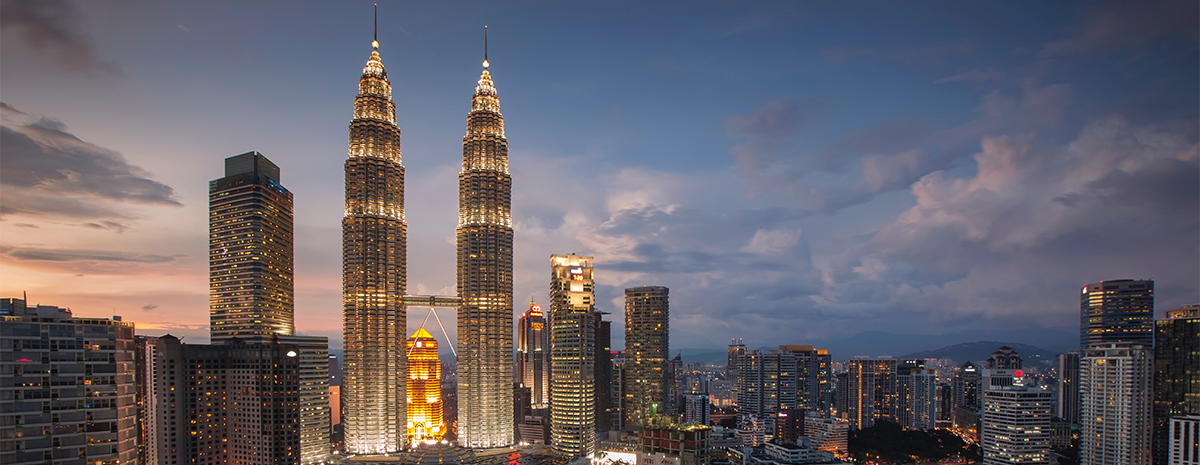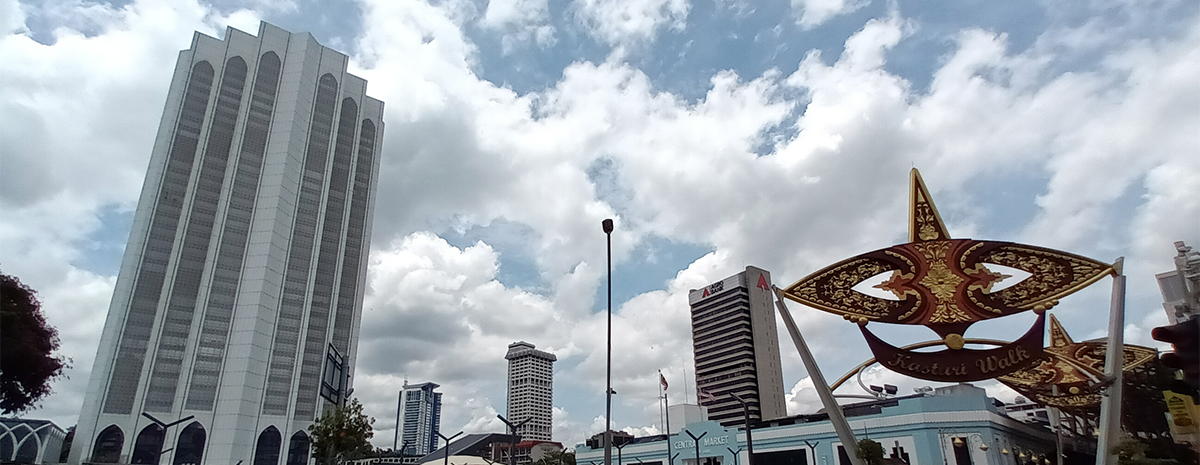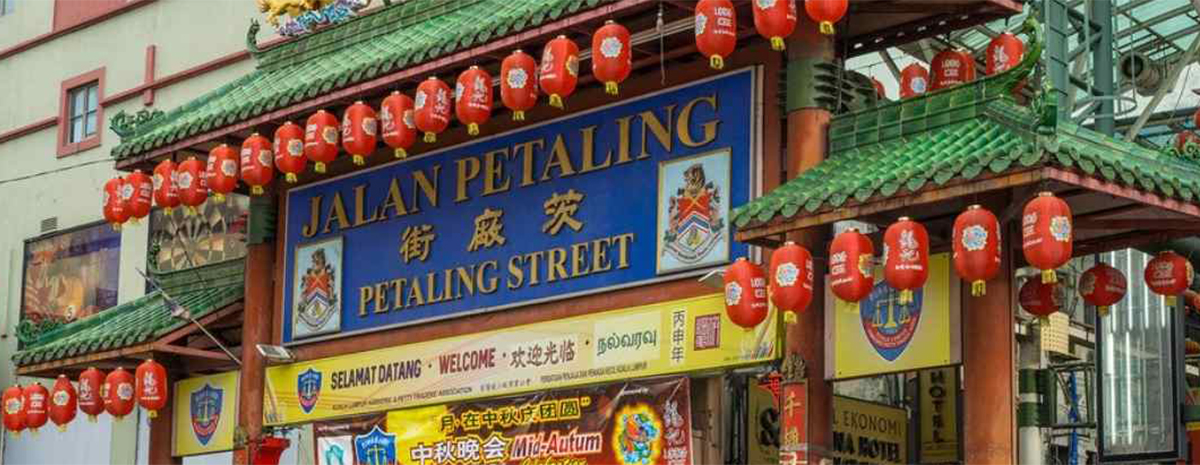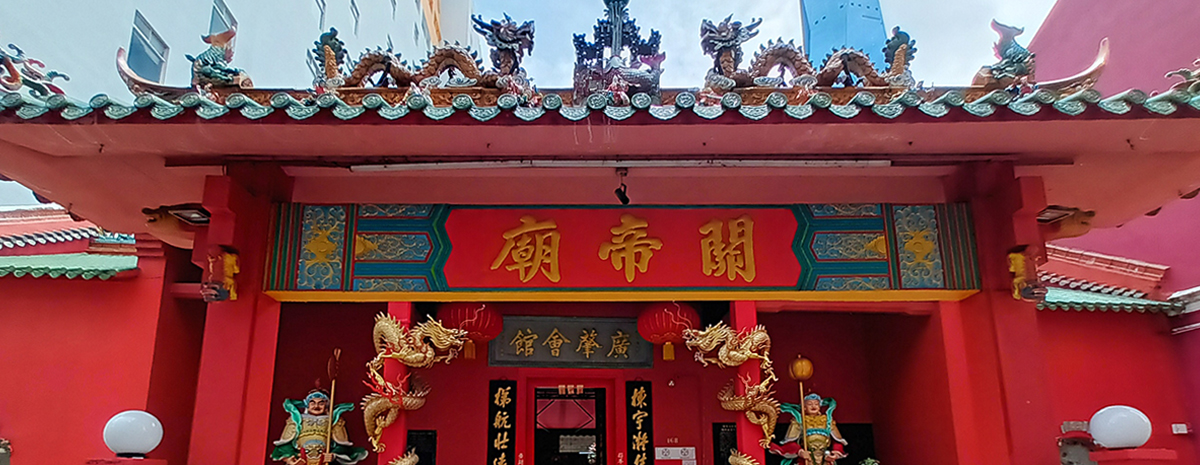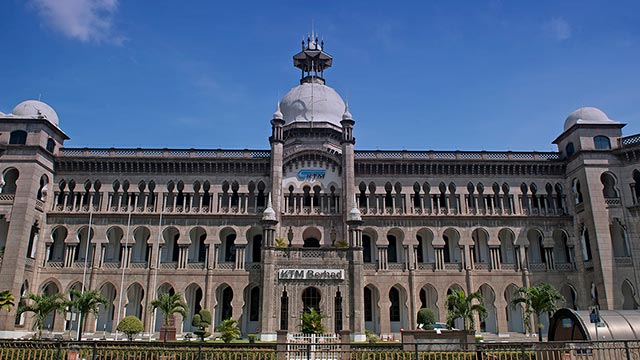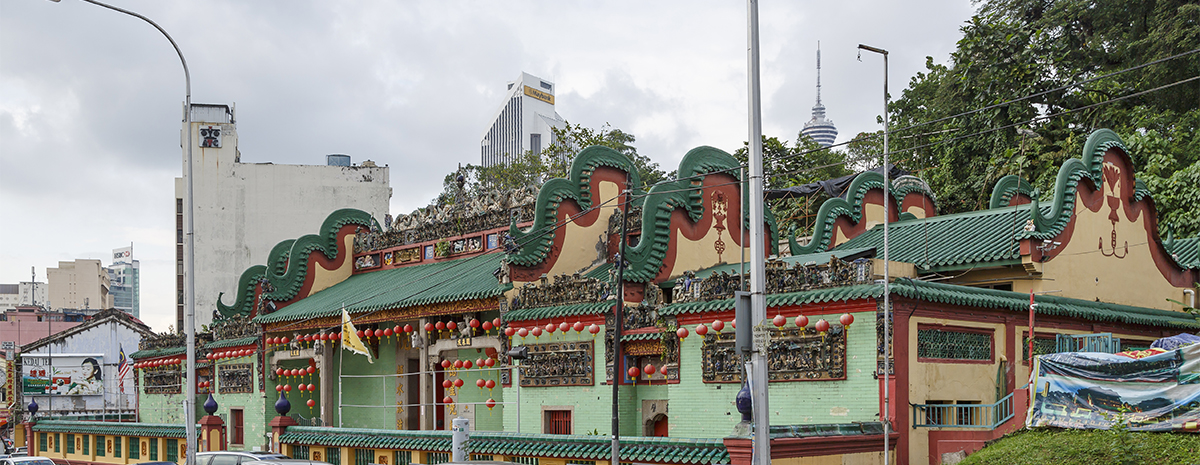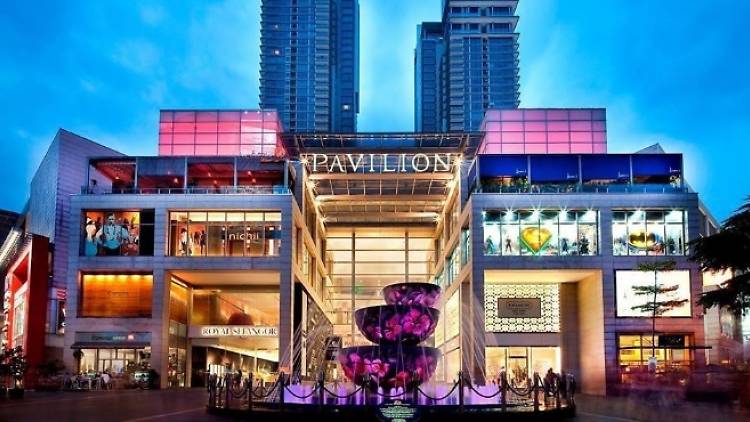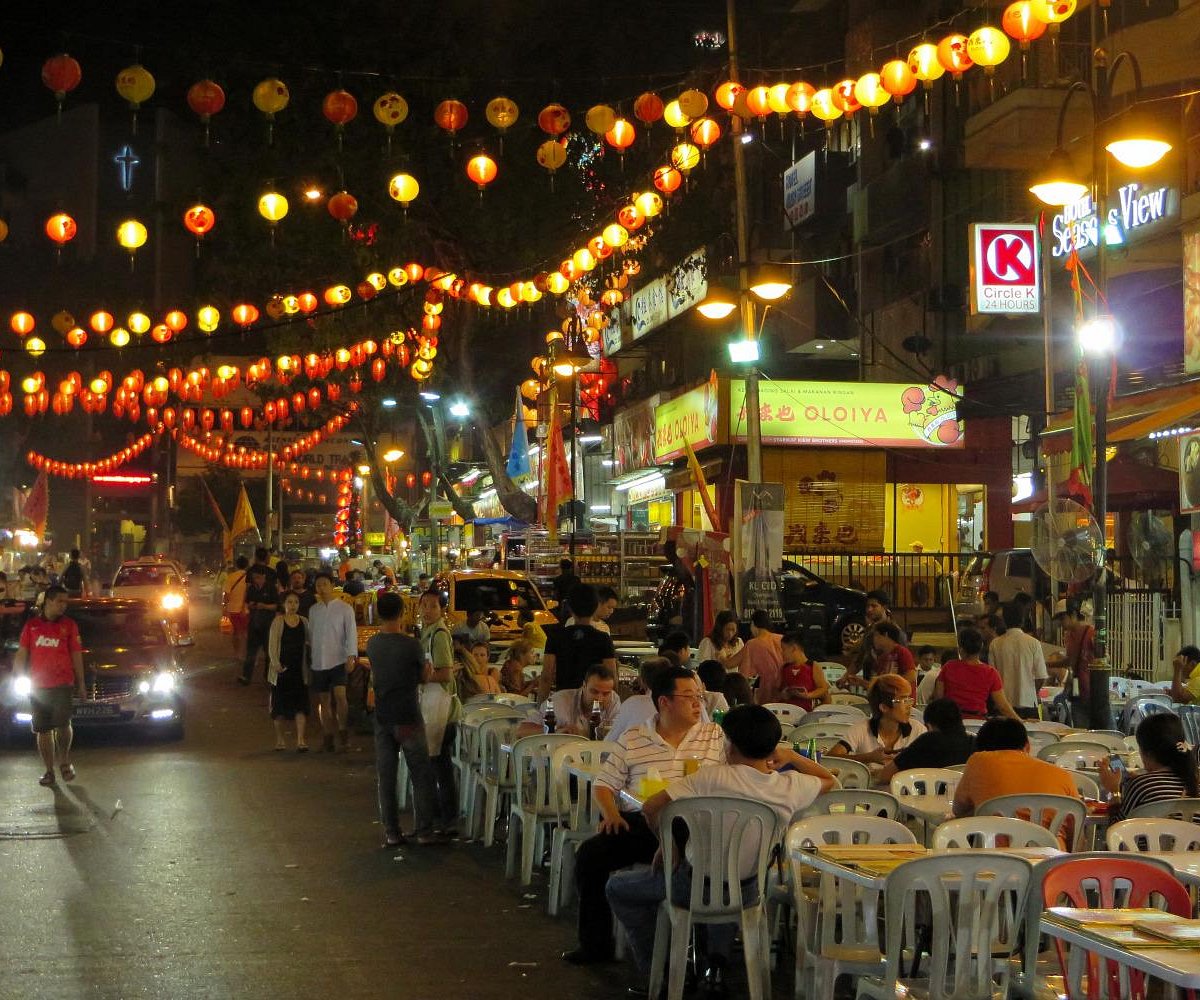Kuala Lumpur 5 days tour
 |
 |
 |
 |
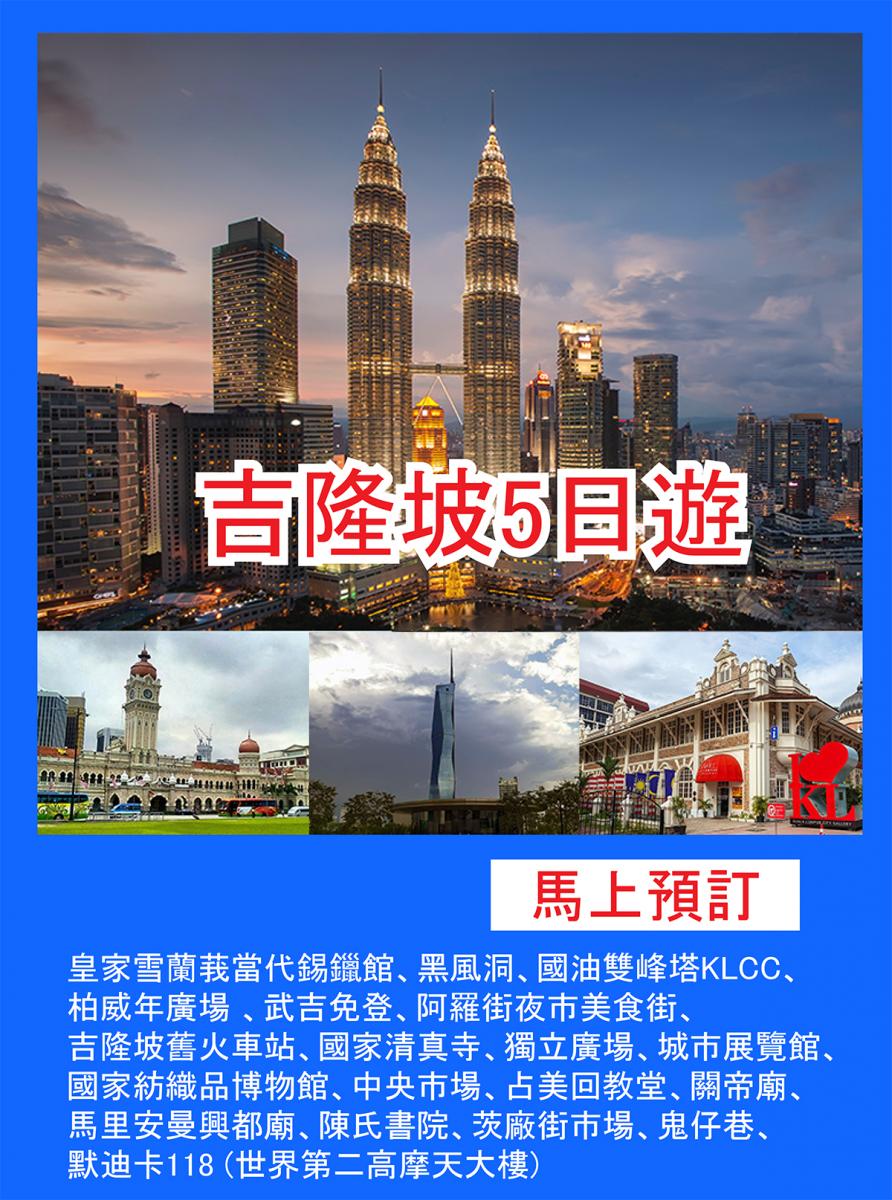
The literal translation of Kuala Lumpur in Malay means "muddy confluence"; among them, "Kuala" is the confluence or estuary of two rivers, and "Lumpur" means mud. There has been controversy over the historical origins of why this area was named "Kuala Lumpur", among which it has been inferred that Kuala Lumpur was named after "Sungai Kuala Lumpur" and "Pengkalan Kuala Lumpur".
Kuala Lumpur is named after "Sungai Lumpur" because in the 1820s, Sungai Kuala Lumpur was the most important tin production settlement in the upper reaches of the Klang River. However, this inference does not explain that Kuala Lumpur is located at the confluence of the Gombak and Klang Rivers, and therefore should be named "Kuala Gombak". This is because "Kuala" in Malay means the point where a river joins a larger river or sea. Some scholars believe that "Sungai Kuala Lumpur" actually extends all the way to the confluence, so its point of confluence with the Klang River would be Kuala Lumpur, although this Sungai Kuala Lumpur is said to be another river, 1.5 km upstream from the Gombak confluence Into the Klang River, or possibly in the northern part of the Batu Caves area.
Kuala Lumpur 5 days tour
Flight to Kuala Lumpur International Airport KLIA1 suggest schedule
| Airline | Flight Departure Number | Departure Time | Flight Arrival Number | Arrival Time |
 |
CI 721 | 08:45 | CI 722 | 14:45 |
 |
BR 217 | 06:30 | BR 218 | 12:50 |
 |
JX 725 | 10:10 | JX 726 | 15:55 |
| Itinerary | Place of accommodation | |
| Day 1 |
KLIA 1 or KLIA 2 > Free travel activities |
Stay in hotel in KL |
| Day 2 |
Royal Selangor Visitor Centre>Batu Caves > PETRONAS Twin Towers KLCC > Pavilion Kuala Lumpur > Bukit Bintang > Jalan Alor |
Stay in hotel in KL |
| Day 3 |
Kuala Lumpur Railway Station > Masjid Negara > Dataran Merdeka>Kuala Lumpur City Gallery > National Textile Museum > Pasar Seni > Masjid Jamek Sultan Abdul Samad Kuala Lumpur |
Stay in hotel in KL |
| Day 4 |
Guan Di Temple Chinatown>Kuil Sri Maha Mariamman>Chan She Shu Yuen Clan Ancestral Hall > Pasar Jalan Petaling > Kwai Chai Hong>Merdeka 118 |
Stay in hotel in KL |
| Day 5 | Free travel activities > KLIA 1 or KLIA 2 > Taoyuan International Airport | Back to home |
Royal Selangor Visitor Centre
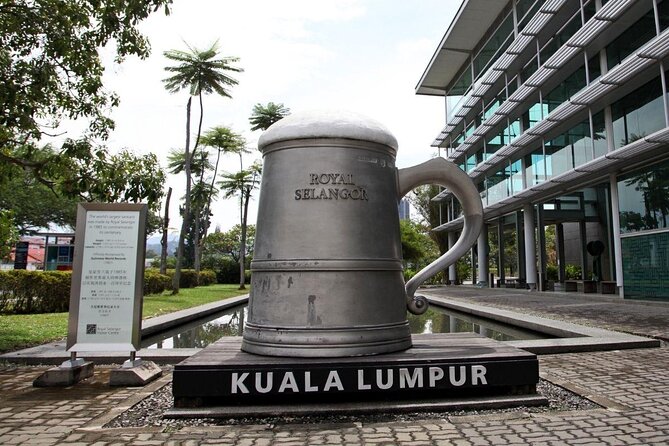
Royal Selangor is a Malaysian pewter manufacturer and retailer, and the world's largest pewter production company. It was founded in 1885 by pewter maker Yang Kun. The current helm is the fourth generation of the Yang family. Executive Director Yang Yongli.
Headquartered in Kuala Lumpur, Malaysia, Royal Selangor now mainly produces tableware and gifts, which are exported to London, Toronto, Melbourne, Tokyo, Shanghai, Hong Kong, Mumbai and Singapore. Royal Selangor has retail stores in more than 20 countries around the world, with 8 offices on five continents.
In 1989 and 1991, Royal Selangor won the "European Design Award" at the Frankfurt International Gift Fair; in 1997, it won the "Gift of the Year Award" in the authorized gift category of the British Gift Association.
Royal Selangor's "Celebration Party" funnel decanter won three international design awards: the Red Dot Award from the German Design Center, the IDEA2002 Bronze Award from the Industrial Designers Society of America and the 2002 Japan Institute of Design Promotion Good Design Award.
Batu Caves
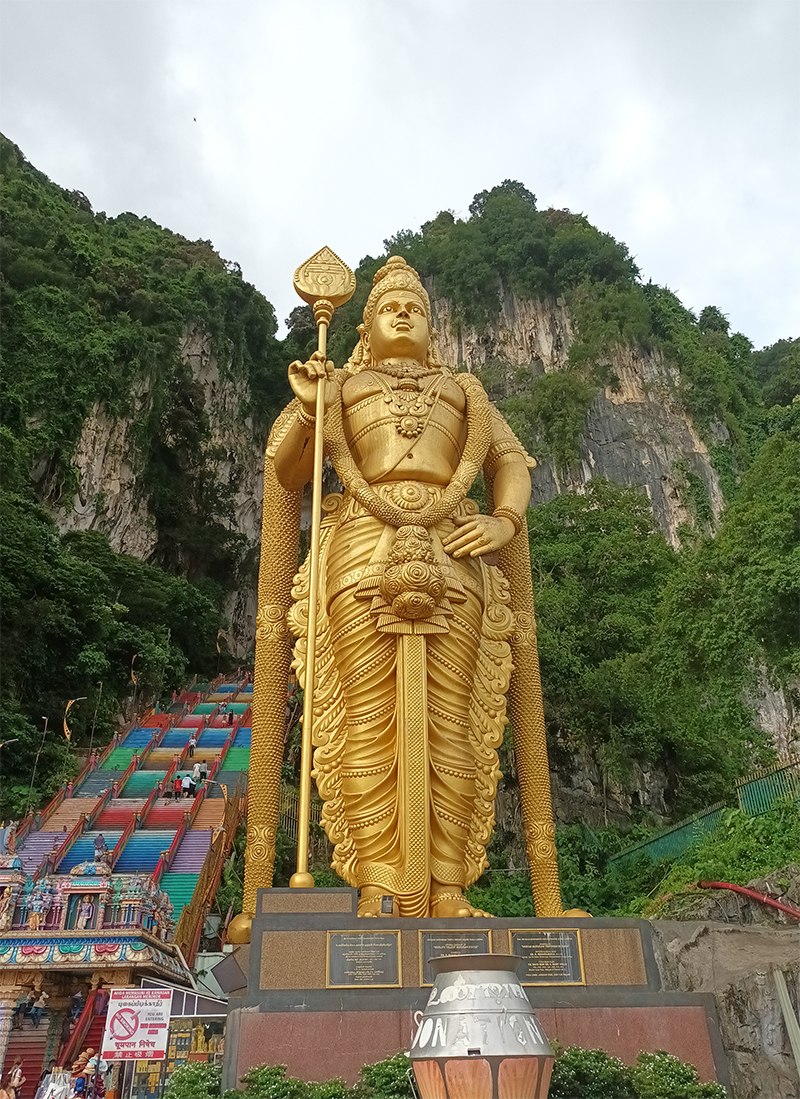
The limestone of the Batu Caves was formed about 400 million years ago, and some of the early caves were used as residences by the aborigines of the peninsula. In the 1860s, Malaysian Chinese dug Batu Tunnels in order to obtain bird droppings as fertilizer. However, Batu Caves was not really known to the world until it was recorded by the colonist and American biologist William Temple Hornady in 1878. It gradually became famous.
Batu Caves will build the temple of Shi Jiantuo because the Indian trader K. Thamboosamy Pillay thought that the main entrance of Batu Caves had the shape of Shi Jiantuo holding a holy spear; before that, Tamboosamy had The Sri Mahamariamman Temple, Kuala Lumpur was built in Kuala Lumpur. In 1890, Tambu Samet built the statue of Murjianduo at the place known today as the Temple Cave; in 1892, the Batu Caves began to hold the Great Treasure in the Tamil calendar (about the end of January and the beginning of February in the Gregorian calendar). Mori festival. The wooden stairs leading to the temple cave were built in 1920 and then renovated into the 272 steps currently seen.
PETRONAS Twin Towers KLCC
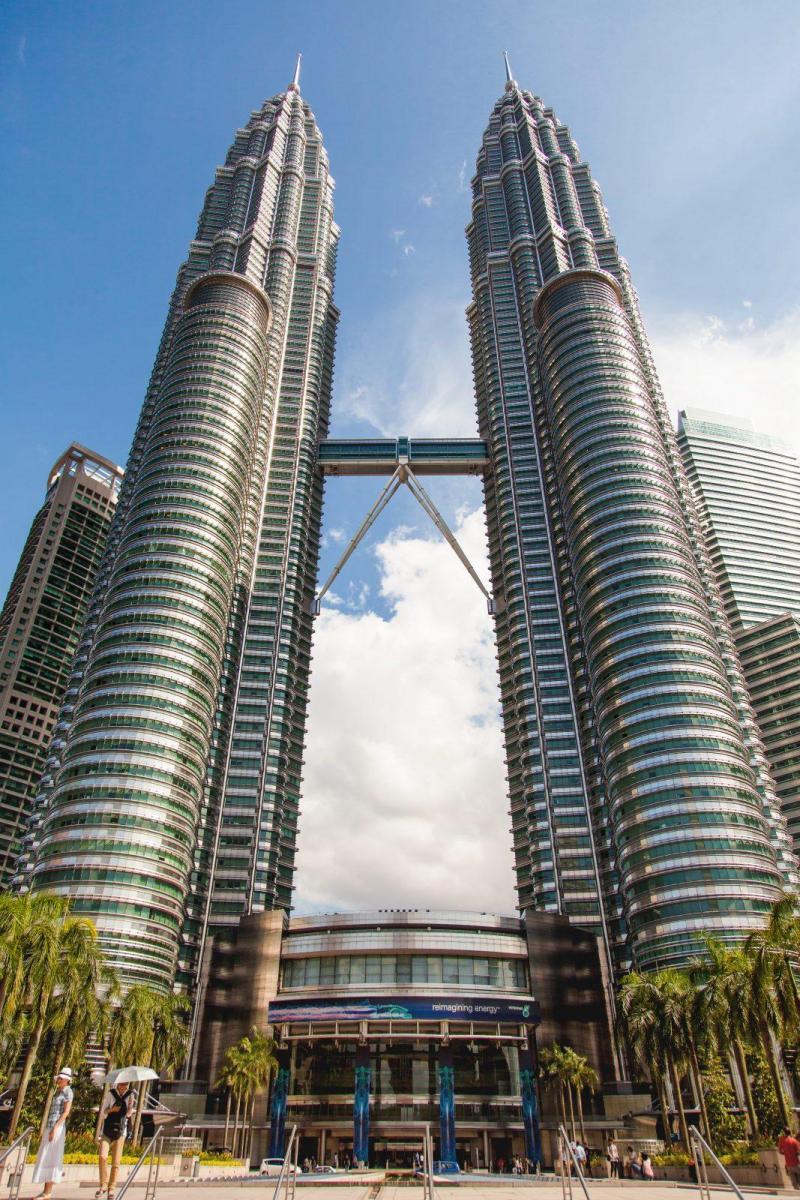
The Petronas Twin Towers ( Malay: Menara Berkembar Petronas) are two skyscrapers located in the center of Kuala Lumpur, the capital of Malaysia. The Petronas Twin Towers was inaugurated on August 31, 1999 by then Malaysian Prime Minister Mahathir Mohamad. The Petronas Twin Towers is 452 meters high and has 88 floors above ground. It was once the tallest skyscraper in the world, and was later surpassed by Taipei 101 and Burj Khalifa. The Petronas Twin Towers are still the tallest twin buildings in the world and the tallest skyscrapers of the 20th century. As of 2023, the Petronas Twin Towers is the nineteenth tallest building in the world and the third tallest skyscraper in Malaysia. The Petronas Twin Towers was designed by American architect Cesa Perry. The surface of the building uses a lot of materials such as stainless steel and glass. The Petronas Twin Towers and the adjacent Kuala Lumpur Tower are both well-known landmarks and symbols of Kuala Lumpur, and are one of the landmarks of Malaysia.
Pavilion Kuala Lumpur
Pavilion Kuala Lumpur opened on September 23, 2007, is one of the large shopping malls in the center of Kuala Lumpur. The mall is located at the end of Bukit Bintang Avenue of Stars (Bintang Walk), adjacent to Starhill Gallery (Starhill Gallery) and many 5-star restaurants. In addition to shopping malls, it also includes 368 units of luxury apartments, 19-storey office buildings and 6-star boutique hotels, with a total development value of 3 billion ringgits and attracts more than 30 million visitors every year. It is the flagship shopping mall of Pavilion REIT. The other shopping malls under the group are Intermark Mall in the center of Kuala Lumpur, DA MEN Mall in Subang Jaya, and Bukit Mall in the suburbs of Kuala Lumpur. Pavilion Bukit Jalil.
The plaza is built with the concept of "the source of inspiration". The top is designed with a glass skylight, allowing natural light to shine in during the day. In addition, the plaza is designed with white as the theme color. The whole shopping center presents a white, clean and spacious feeling. At night, the top will show various dreamy lights projected by diodes. In 2009, in front of the main entrance and exit on the 3rd floor of the square, three fountains stacked with large glazed bowls made by Liuli Workshop were set up, named "The Earth is full of flowers", and the overlapping of the three glazed bowls was named "San San". The meaning of "Endless" also symbolizes the friendship and integration of the three major nationalities in Malaysia. The big red flower carving in the bowl represents the national flower of Malaysia. The overall height of the fountain is 3.6 meters and the width is 6 meters. The main landmark of Year Mall.
Bukit Bintang
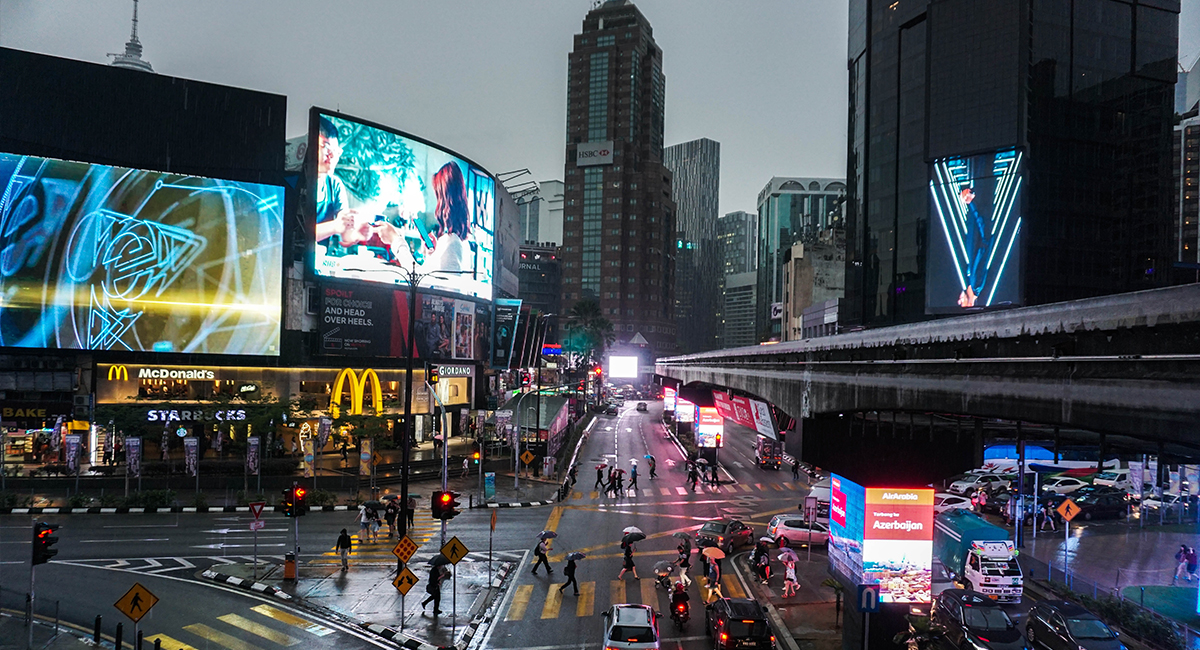
Bukit Bintang is known for its Jalan Bukit Bintang, a lively avenue lined with upscale shopping malls and luxurious fashion boutiques. Outdoor bars and clubs with live music juxtapose Changkat Bukit Bintang, while the pavement of Jalan Alor is lined with eateries serving Chinese favorites like clam chowder and butter prawns. The neighboring KL Forest Eco Park offers nature trails and high-altitude trails.
Jalan Alor
Jalan Alor located in the west of Bukit Bintang, Kuala Lumpur, is the most famous sightseeing snack street in Kuala Lumpur. There are more than 20 restaurants and more than 200 stalls on the street, selling traditional Malaysian Chinese food and Cantonese food, because it is in the Bukit Bintang business district, attracting a large number of tourists. Many tourists come to Alor Street to look for delicacies such as roast chicken wings, grilled devil fish, fried kway teow, satay and Hokkien fried noodles. Although the price is slightly higher than other food centers or food streets, it does not detract from the nature of tourists.
Tourists from all over the world crowded the roadside seats to eat delicious food and spicy food, which became the biggest feature of Alor Street, because every night it was crowded with people. In addition to the stalls in the tea room, there are also some roadside stalls on the street. Selling Malay skewers, rolls, fried foods, fruits, jerky, etc. Most of the shops on Alor Street are open 24 hours, but the street vendors are usually open from 3pm to 3am. In addition to restaurants and tea meals, Alor Street also gathers many cheap hotels and hotels. Many tourists will move to the nearby Changka Bukit Bintang after eating here.
Kuala Lumpur Railway Station
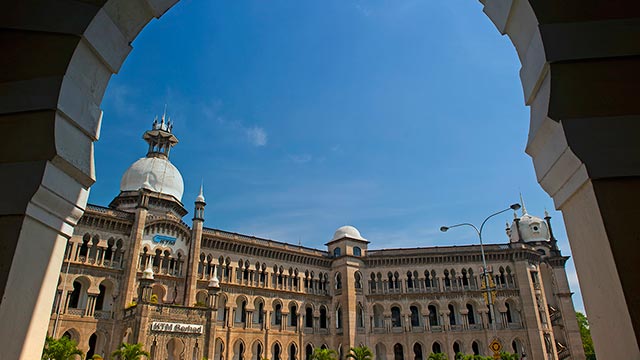
Kuala Lumpur Railway Station (Malay: Stesen Kereta Api Kuala Lumpur) is a railway station in Kuala Lumpur, Malaysia, built in 1910 to replace the old railway station built in 1886. The station was once the railway hub of Kuala Lumpur, and Kuala Lumpur Central Station has assumed most of the functions since 2001. The station is known for its unique architecture, a mix of Eastern and Western designs.
Masjid Negara
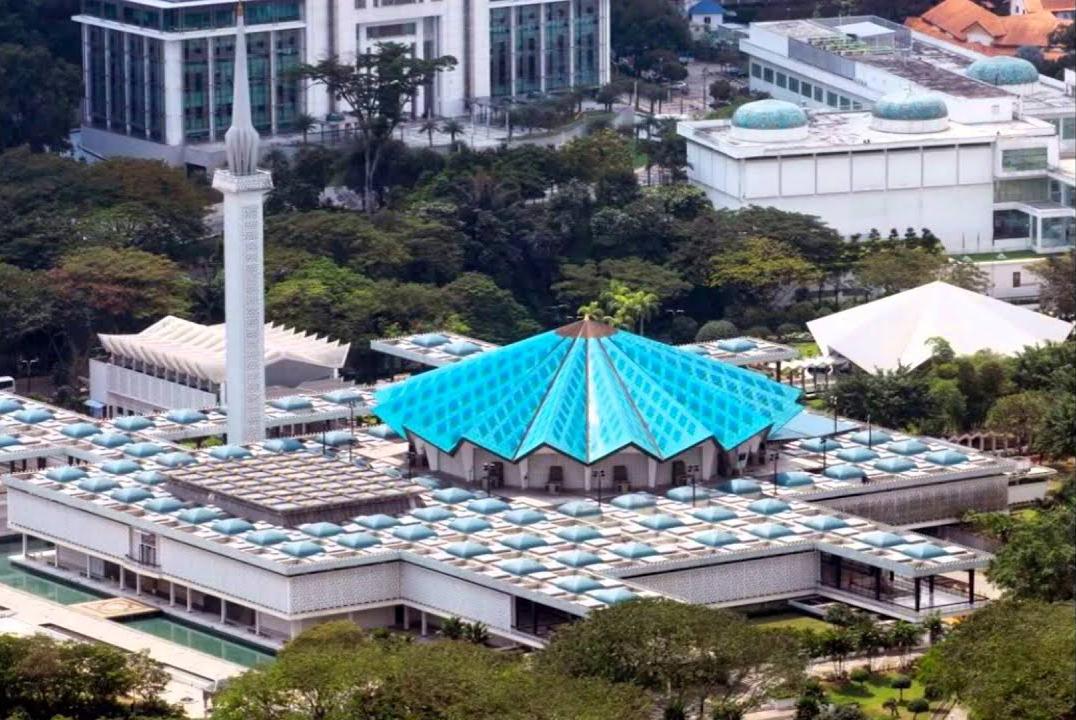
The National Mosque is a mosque in Kuala Lumpur, the federal capital of Malaysia, and the country's national mosque. It can accommodate 15,000 people for gatherings.
The mosque is built on the original site of a Christian church. It was conceived in 1957 and completed in 1965. It was originally proposed to be named after the first Malaysian prime minister, Tunku Abdul Rahman, but he declined, instead proposing to name the mosque "The Nation" to celebrate Malaya's bloodless independence. The hall of the mosque is covered with a 16-point star-shaped concrete roof, and the minarets are 73 meters high, which respectively symbolize open and closed umbrellas, which coincides with the climate characteristics of tropical Malaysia.
Different from the traditional onion design of traditional mosques, the blue 16-pointed star-shaped roof has a total of 18 spires. These spires represent the five tenets of the Malaysian Federation and Islam.
Dataran Merdeka
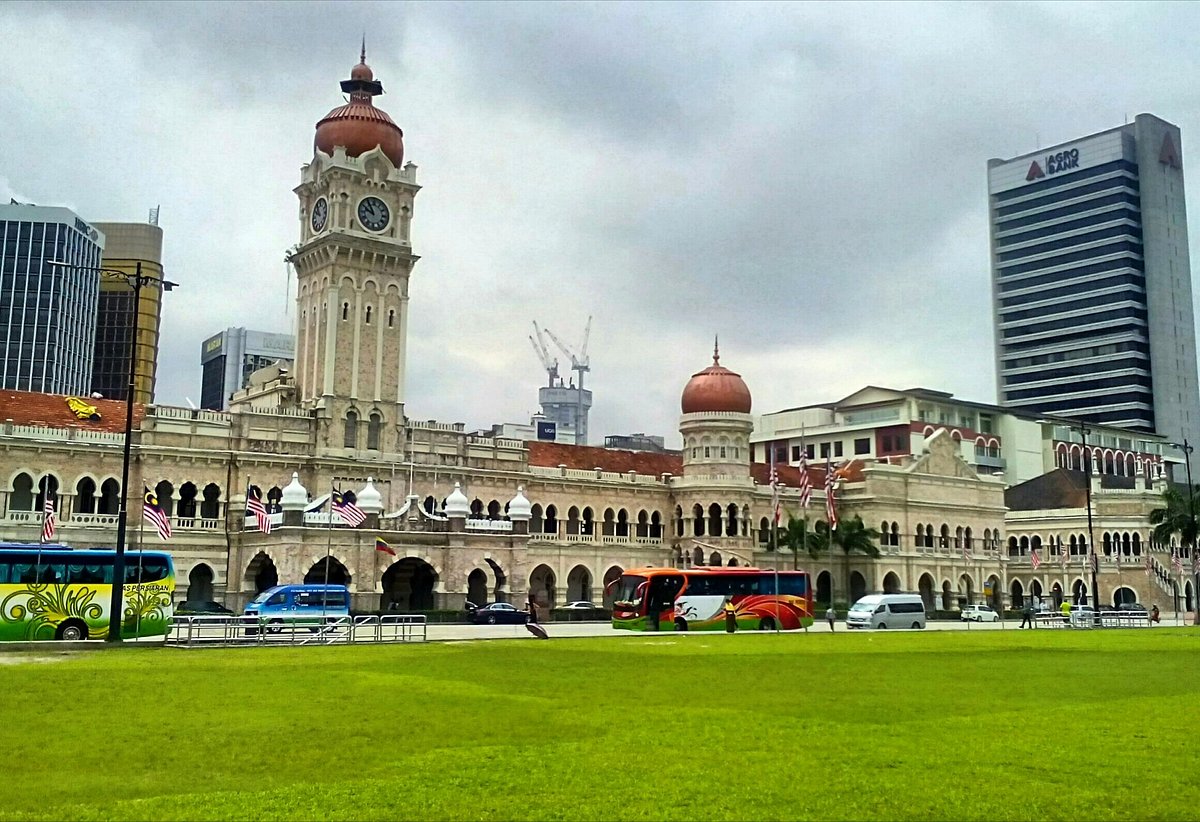
Around the square are many buildings of historical value. Overlooking Merdeka Square, the Sultan Abdul Samad Building is one of the most remarkable landmarks built by Britain. The design was inspired by the Mughal architecture in India. It was completed in 1897 and was set up by the Selangor State Secretariat, which was later changed to the Supreme Court. After being abandoned for many years, it is now the seat of the Ministry of Heritage, Culture and the Arts.
Kuala Lumpur City Gallery
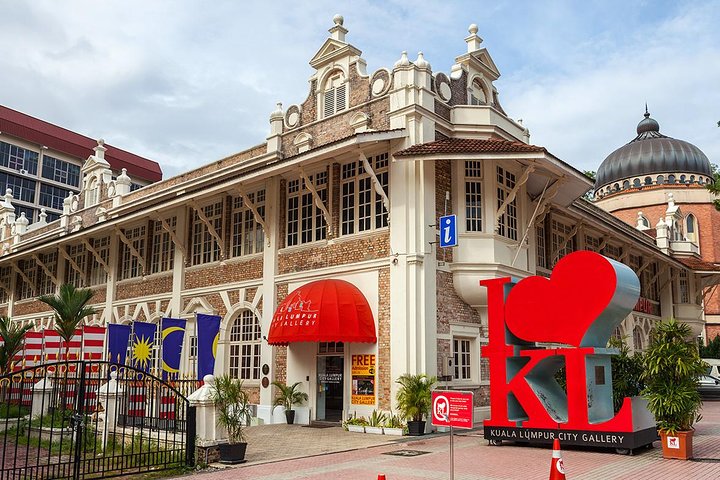
Kuala Lumpur City Gallery is a tourist information center adjacent to the Sultan Abdul Samad Building in the historic center of Kuala Lumpur, Malaysia. It houses paintings and photographs of the city's history, as well as miniature models of the city's landmarks such as the Petronas Twin Towers, Kuala Lumpur Tower, Merdeka 118 and many other notable buildings of the city. This timeline wall of Kuala Lumpur's history is particularly attractive to visitors as it documents Kuala Lumpur's origins in the 1850s to the present, featuring important photos such as the official commencement of the Petronas Twin Towers.
Muzium Tekstil
National Textile Museum
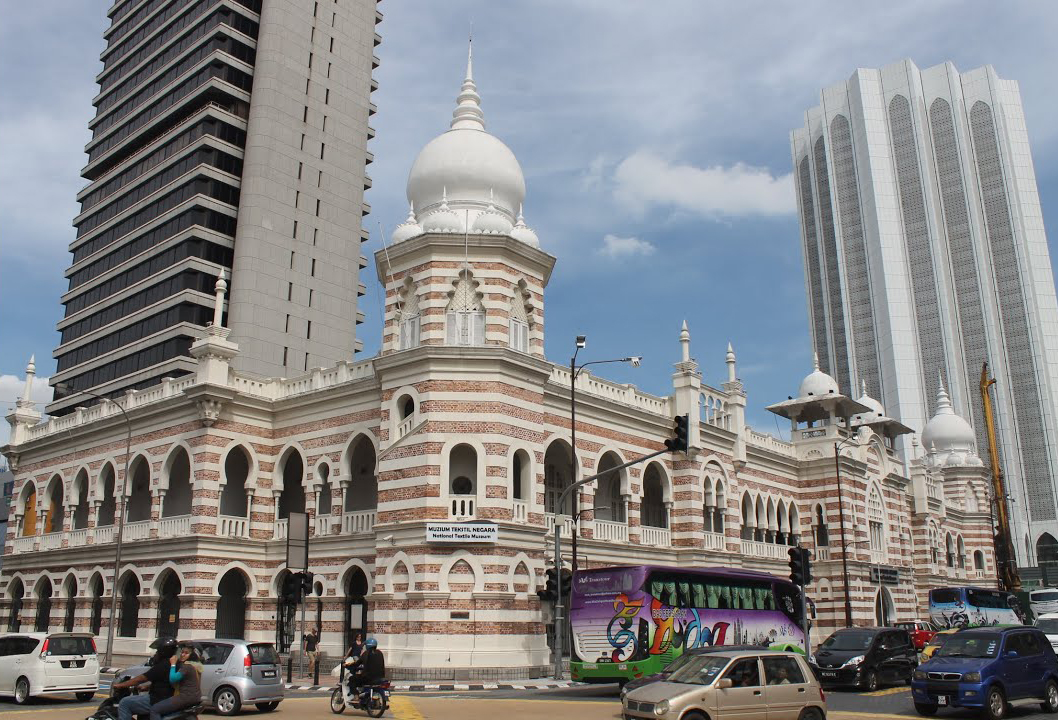
The National Textile Museum (National Textile Museum), formerly known as the government hall, has only been transformed into a museum in recent years. Located in Kuala Lumpur, next door to Sultan Abdul Samad Building. Designed by architect Arthur Benison Hubback and completed in 1905, it is an Indo-Saracenic Revival building.
Pasar Seni
Central Market
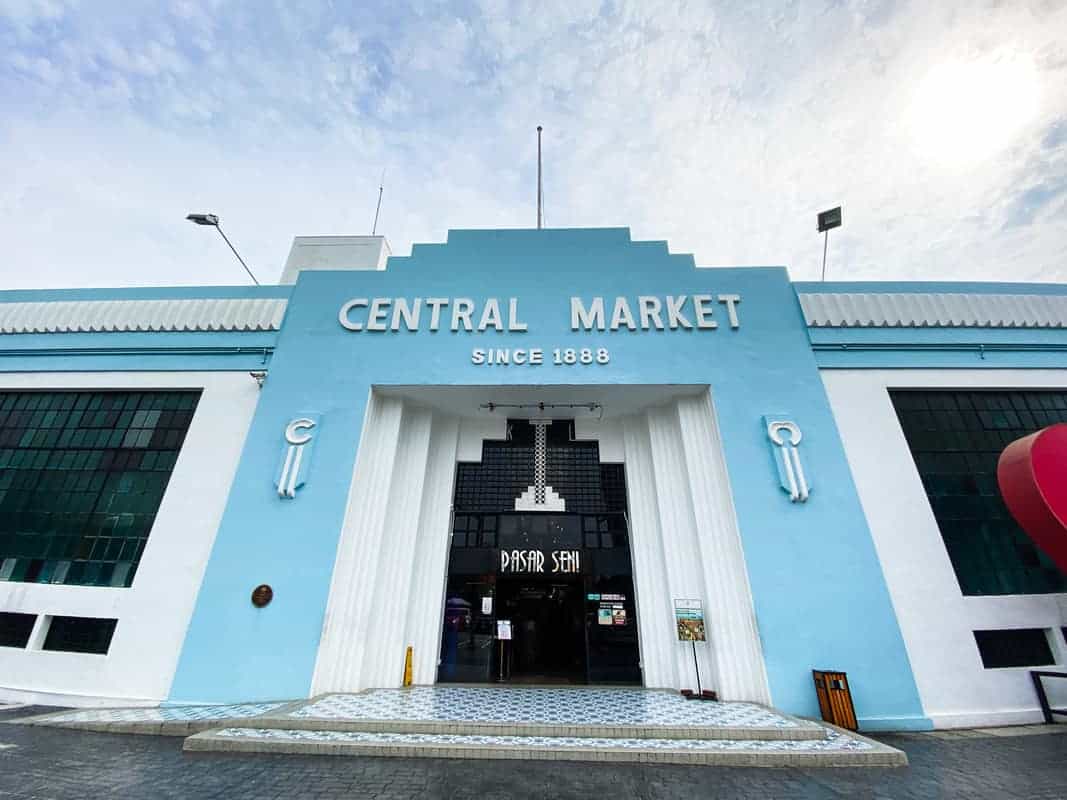
The Central Market (Malay: Pasar Seni), formerly known as the Central Market, is an arts and crafts market located in Kuala Lumpur, Malaysia. The building of the Central Art Square is an art deco building designed with Malayan cultural characteristics. It was officially opened in 1888 and the final construction was completed in 1937. The building was originally used as a traditional market, but now it has been converted into a Malayan arts and crafts market and is classified as a cultural monument.
Masjid Jamek Sultan Abdul Samad Kuala Lumpur
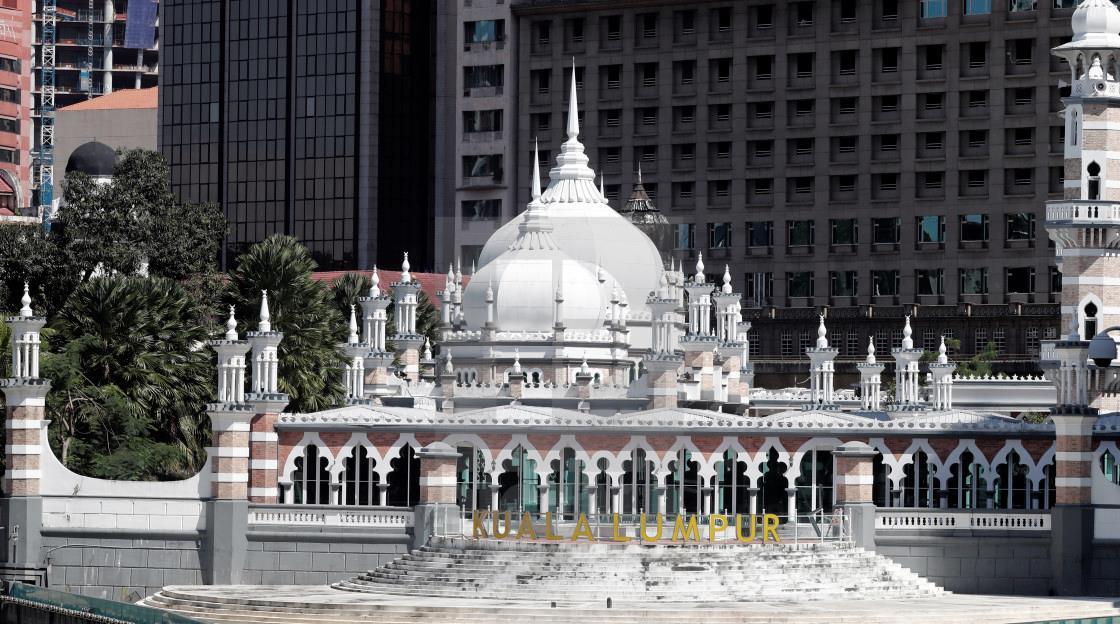
Masjid Jamek Sultan Abdul Samad also translated as Zhanmei Mosque, Jiamei Mosque, etc., is the oldest mosque in Kuala Lumpur, the capital of Malaysia. It is located along Tun Perak Road and also at the confluence of Klang River and Gombak River. It was designed by Arthur Bennyson Hubek, an assistant architect of the Bureau of Public Affairs and Investigations during the British rule, and it was completed and opened in 1909. In Arabic, Jamek means a place where Muslims gather to worship.
Guan Di Temple Chinatown
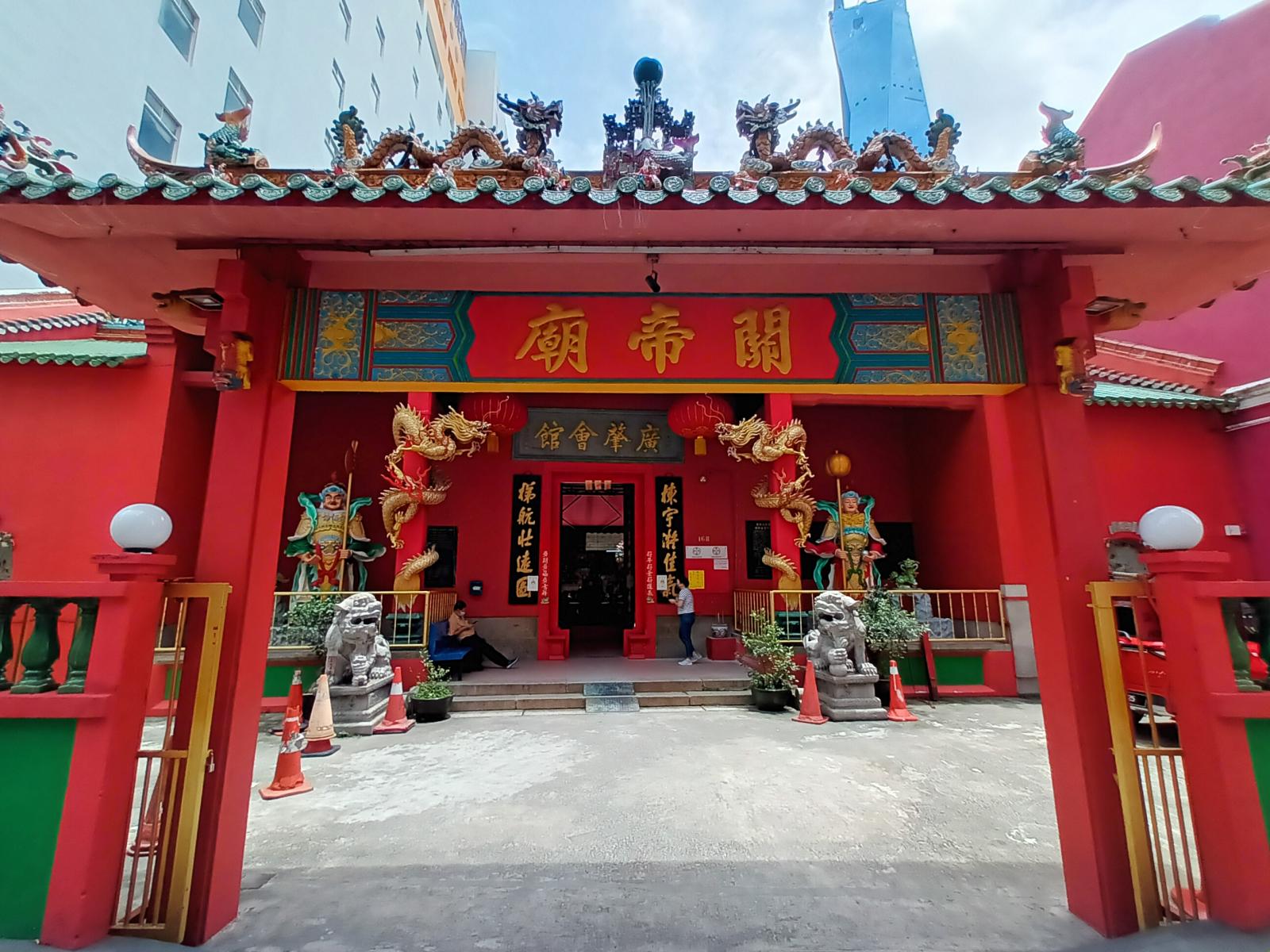
Kuala Lumpur Emperor Guan Temple, also known as the Kuala Lumpur Kuan Ti Temple is a Malaysia-based Taoist temple located in the Jalan Tun H S Lee, Kuala Lumpur. Founded in 1887 (another way of saying 1888), it is one of the oldest temples in Malaysia. Not available for sitting in meditation.
Kuil Sri Maha Mariamman
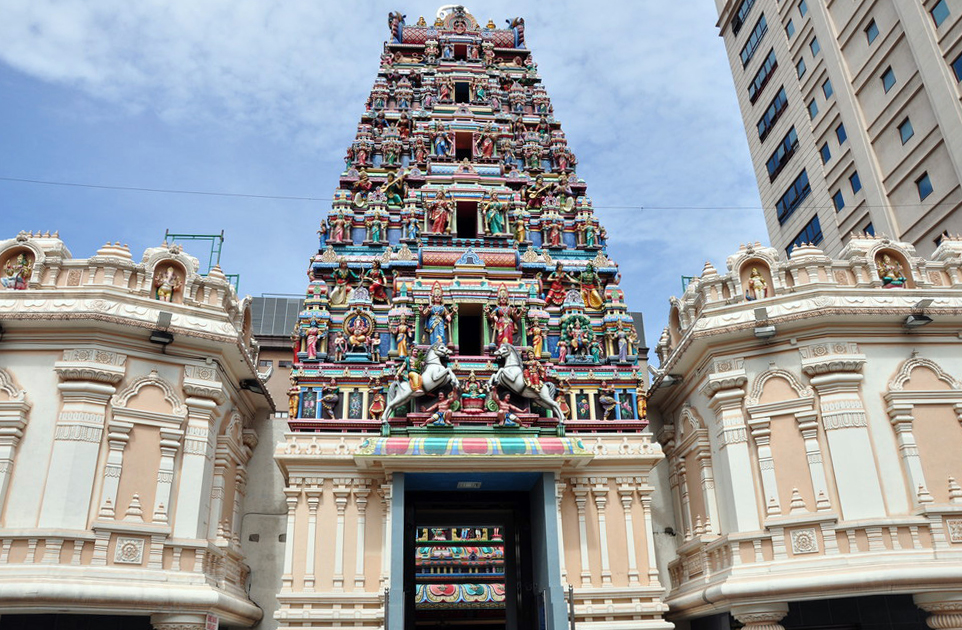
The Sri Mariamman Temple was built in 1883. It is a typical South Indian style temple. The statue of Mariamman in the temple is decorated with gold, silver, emerald, etc., which is exquisite.
Chan She Shu Yuen Clan Ancestral Hall

Chan She Shu Yuen Clan Association was established by four Chan clansmen namely Chan Siow Ling, Chan Xin Xi, Chan Chun and Chan Zai Tian, who were the pillars of local society in late 19th century Kuala Lumpur. As with most of the Chinese clan associations, the Chan She Shu Yuen Clan Association serves as the start off point for most of the newly arrived immigrants. The association offer shelter and support to the newcomers while they gained their footing in the new land.
Pasar Jalan Petaling
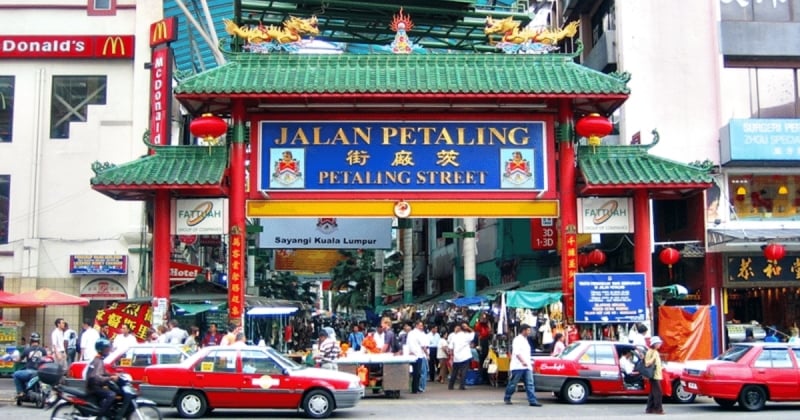
Petaling Street (Malay: Jalan Petaling) is a street located in Kuala Lumpur, Malaysia. It is famous for selling all kinds of watches, clothes, jewelry and authentic snacks. In addition, it is also a must-see tourist attraction for domestic and foreign tourists in Malaysia. Petaling Street is mainly Chinese, but it is different from Chinatowns all over the world. The Chinese in Malaysia are here before the country is independent. Petaling Street is not the only place where Chinese gather, so Petaling Street cannot be called Chinatown.
There are many famous restaurants and hawker centers around Petaling Street, and they sell authentic Malaysian delicacies, Hokkien fried noodles, roast fish, laksa and curry noodles.
Kwai Chai Hong
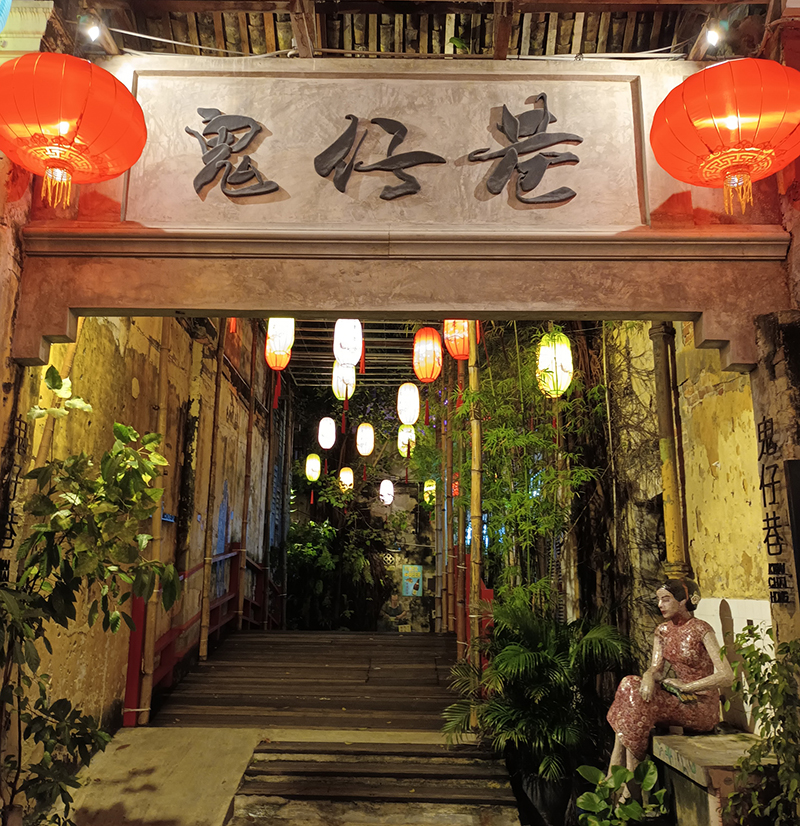
Although the origin of the name "Kwai Chai Hong" is not officially recorded, it has nothing to do with ghosts. According to local old neighbors, the name comes from the elders calling "ghosts" to children playing in the alleys on rainy days. Over time, the nearby residents called that alley Kwai Chai Hong. The sound of these children playing always makes neighbors think they are trying to play a prank, so they call them "dead ghosts".
Another theory is that Kwai Chai Hong was once a stronghold for various illegal activities such as gambling and drug dealing. Back then, there were many gamblers, smokers and prostitutes gathered here, so this lane was called "Kwai Chai Hong". It was also pointed out that the alley was the dwelling place of the "Longhutang" gang, which was active in those days.
Merdeka 118
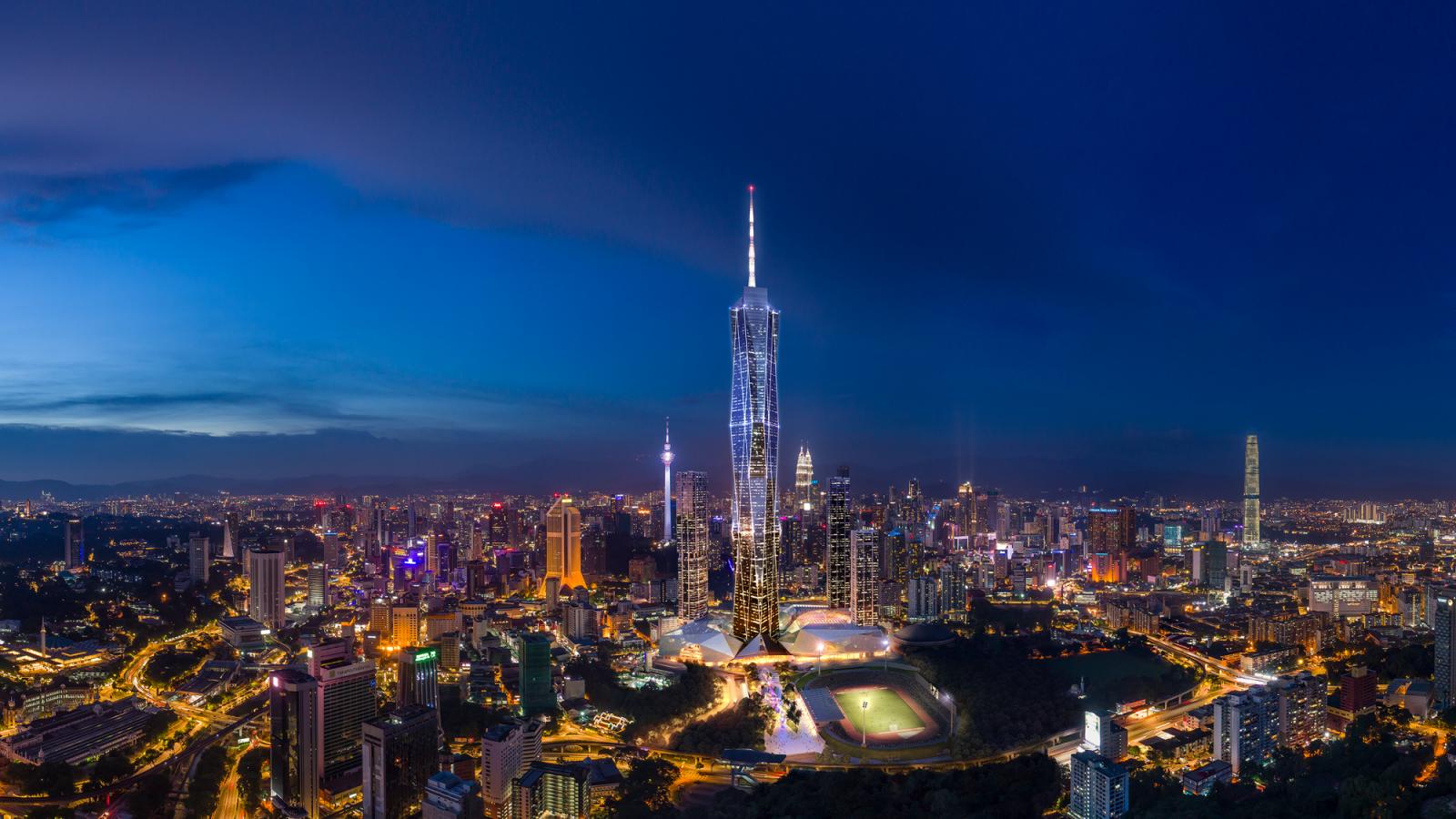
Merdeka 118 Tower, upon completion, will be the second tallest building in the world and the tallest building in Southeast Asia. It is 678.9 meters high and has a faceted diamond-shaped exterior wall and unique spire design. Its form is inspired by the outstretched hand gesture of Malaysia's first Prime Minister when he declared the country's independence in 1957 at the Merdeka Stadium, which is part of Merdeka's Sector 118. Arup, a civil and structural engineer, is working with local firms RSP Architects and Fender Katsalidis.
The tower will include at least 400,000 square meters (4,300,000 square feet) of residential, hotel and commercial space. Its residential area consists of 3 high-end apartment buildings near Kuala Lumpur 118, one of which has 348 units, and the unit building consisting of 1 to 3 bedrooms will not be sold, but for long-term occupancy. The other two towers - the 486-unit East Tower and the 462-unit West Tower - will be phased out starting in 2023. Two additional residential towers are expected to be completed in 2026, the last to be completed in the area.
The building has sustainability features including high specification exterior glazing, centralized district cooling, smart air systems in the car park, greywater storage and reuse, solar panels for the hotel's hot water supply and LED lighting throughout the building . Merdeka 118 within the building will house a textile museum focusing on textiles from the Malay world, a purpose-built childcare center for children up to the age of seven and a new mosque that can accommodate up to 3,000 people. The podium is the 118 shopping mall and the hotel banquet hall that can accommodate 1,000 people.
The building will include 100 floors of leasable space, including 83 floors of office space, 12 floors of hotel rooms, five floors of hotel residences and a retail business center; non-saleable space includes elevators, entertainment and maintenance facilities, and parking for up to 8,500 cars parking space.
The highest 17th floor of the building is leased by Park Hyatt Hotel, with a total of 252 suites and a swimming pool on the 99th floor, the highest in Kuala Lumpur. The upper level is The View at 118 viewing platform.
Of the 83 floors of the office building, 42 floors will be reserved for the National Investment Corporation (PNB) and its subsidiaries for their own use and as their new headquarters, while the other 41 floors will be open for rent as offices.
Source by:
https://www.visitselangor.com/
https://zh.wikipedia.org/
橘子貓TTtrips Malaysia chartered car :
https://tttrips.com/theme/chartered_car/35
Booking Now
橘子貓旅遊及包車討論區


